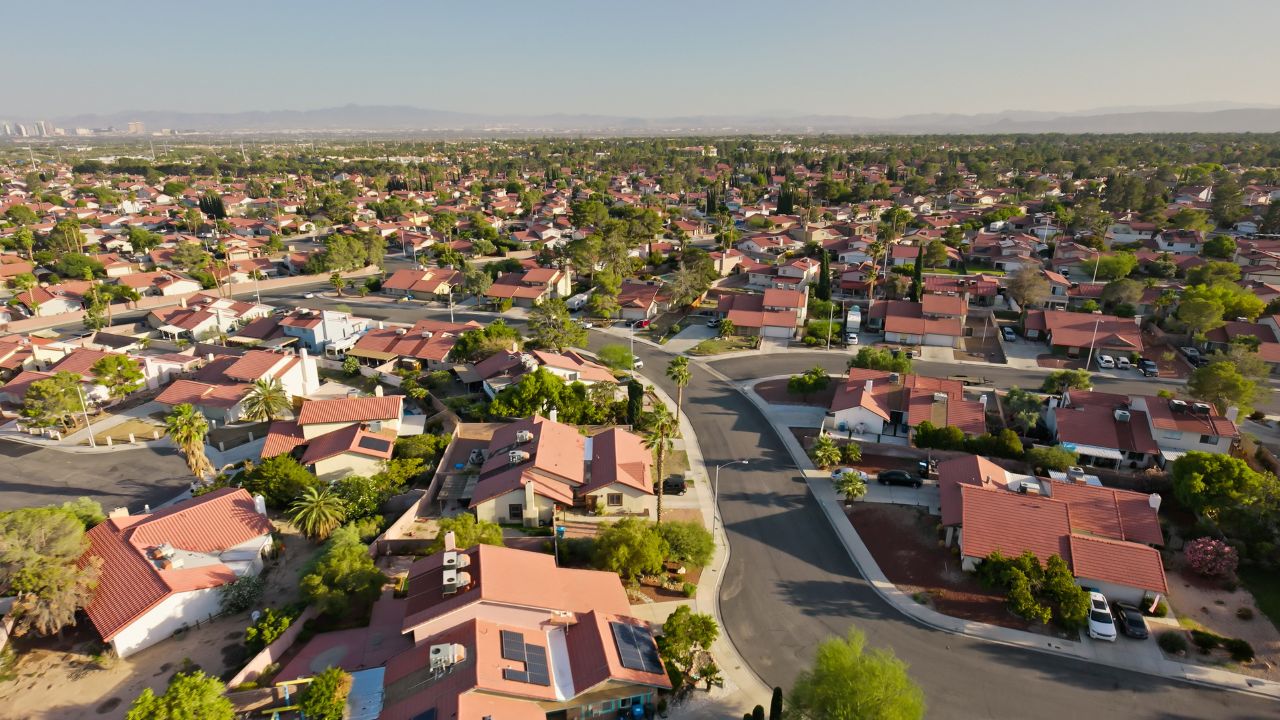According to new research from Zillow, 53 per cent of US homes have decreased in value since last year, up dramatically from just 14 per cent a year ago.
This marks the highest share of homes declining in value since April 2012, when the housing market was still recovering from the Great Recession.
Despite this trend, the vast majority of homeowners have experienced substantial equity growth during their ownership period.
The median home value increase since last sale is 67 per cent nationwide, with homeowners typically having owned their properties for about eight and a half years.
Treh Manhertz, senior economic researcher at Zillow, said this is not a housing crash but rather a market adjustment.
“What we’re seeing now is a normalisation, not a crash,” Mr Manhertz said.
“Home values surged over the past six years, and the vast majority of homeowners still have significant equity.”
“Homeowners may feel rattled when they see their Zestimate drop, and it’s more common in today’s cooler market environment than in recent years. But relatively few are selling at a loss.”
The research reveals that most homes have declined from their peak values, with an average drawdown of 9.7 per cent.
However, this figure has remained relatively stable over the past three years and is far below the 27 per cent average drawdown recorded in early 2012.
Only 4.1 per cent of homes are currently valued lower than when they last sold, which is higher than the 2.4 per cent recorded last year but still significantly below the pre-pandemic level of 11.2 per cent.
The data also indicates that forced sales are uncommon in the current market.
Just 3.4 per cent of new listings are priced below their last sale price, up slightly from 2.1 per cent a year ago but still well below the 2019 rate of 5.9 per cent.
Regional variations are significant, with western and southern metros showing the largest share of homes losing value.
Denver leads with 90.6 per cent of homes declining in value, followed by Austin at 89.5 per cent and Phoenix at 86.9 per cent.
Some metros have seen particularly strong growth since last sale, including Buffalo (108 per cent), San Jose (97 per cent), and Providence (95 per cent).
These areas typically have homeowners who stay in their properties longer than average.
The most expensive markets and those that experienced rapid pandemic growth are seeing the highest share of listings priced below their last sale.
San Francisco leads with 14.4 per cent of new listings priced below their previous sale price, followed by Austin at 12.6 per cent.
In contrast, Providence, Milwaukee, and Cincinnati all have less than 1 per cent of new listings priced below their last sale value, indicating stronger market conditions in these areas.

